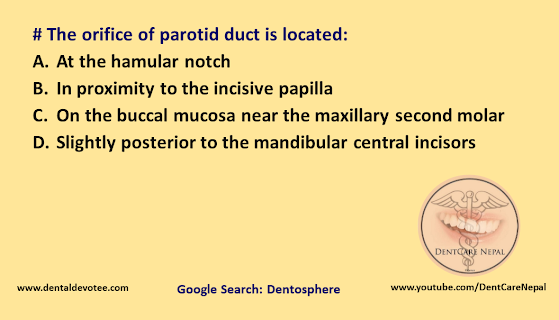# The origin of clavicular head of sternocleidomastoid muscle is from the:
A. Medial one third of the inferior surface of the clavicle
B. Lateral one third of the inferior surface of the clavicle
C. Medial one third of the superior surface of the clavicle
D. Lateral one third of the superior surface of the clavicle
The correct answer is C. Medial one third of the superior surface of the clavicle.
Origin of Sternocleidomastoid Muscle
1. The sternal head is tendinous and arises from the superolateral part of the front of the manubrium sterni.
2. The clavicular head is musculotendinous and arises from the medial one third of the superior surface of the clavicle.
Insertion of Sternocleidomastoid Muscle
It is inserted
a) by a thick tendon into the lateral surface of the mastoid process from its tip to its superior border, and
b) by a thin aponeurosis into the lateral half of the superior nuchal line of the occipital bone.
Nerve Supply of Sternocleidomastoid
The spinal accessory nerve provides the motor supply. It passes through the muscle.
Blood supply of the sternocleidomastoid
One branch each from superior thyroid artery and suprascapular artery and two branches from the occipital artery.
Action of Sternocleidomastoid muscle
# When one muscle contracts:
a) It turns the chin to the opposite side.
b) It can also tilt the head towards the shoulder.
# When both muscles contract together:
a) They draw the head forwards as in eating and in lifting the head from a pillow.
b) With the longus colli, they flex the neck against resistance.
c) The reverse action helps in forced inspiration.

































